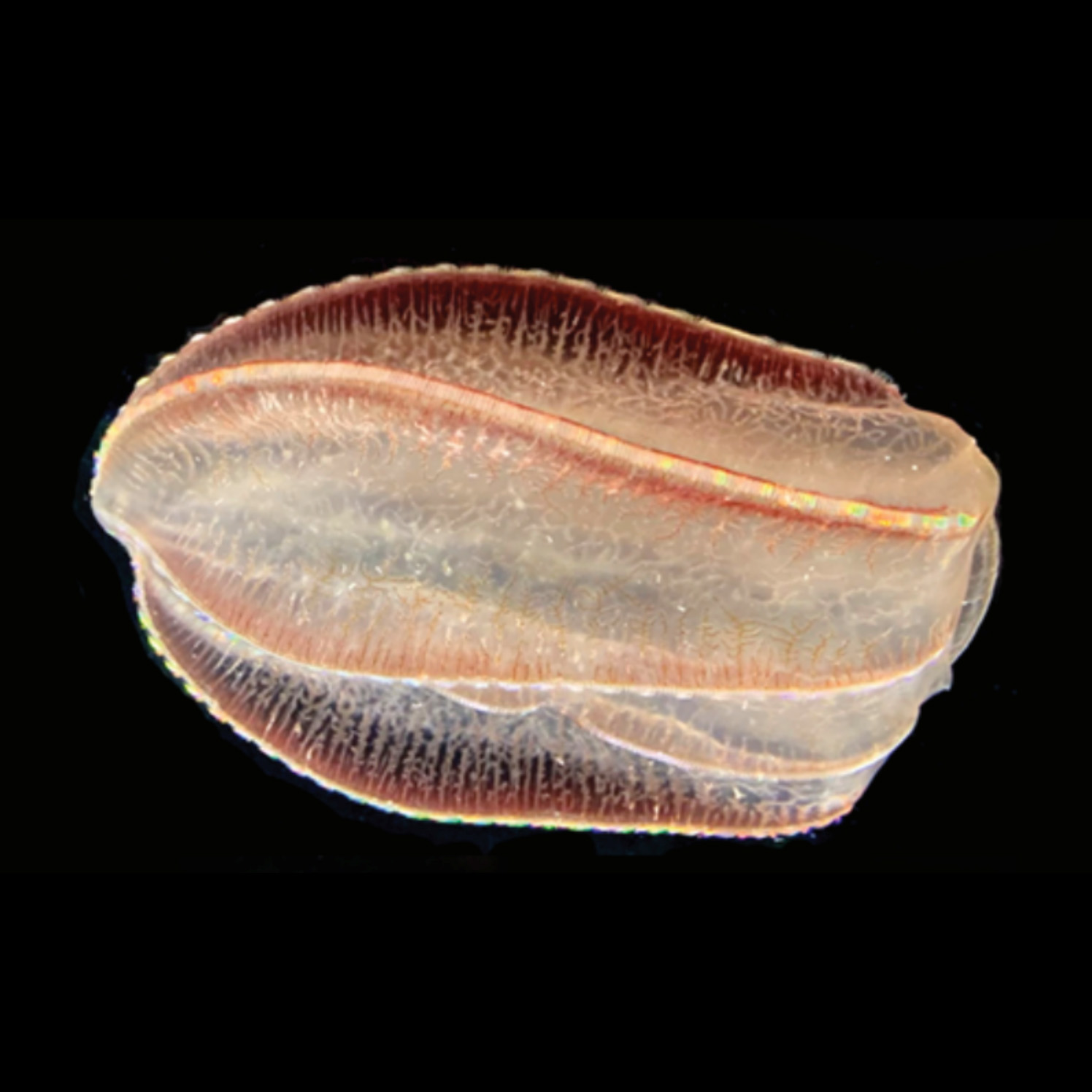
Within the phylum Ctenophora (comb jellies), a lineage called Beroe underwent a major evolutionary change when it lost its tentacles and instead resorted to exclusively eating other ctenophores. To date, we have very little knowledge of the genomic changes that accompanied that major morphological and lifestyle transition.
To address this, researchers in the Whitney Laboratory Ryan and Martindale Laboratories sequenced the genome of Beroe ovata, a comb jelly that lives on the east coast of the US including the waters that surround the Whitney Laboratory.
The research uncovered that Beroe ovata lacks an enzyme called chitinase that is necessary to digest most animals other than ctenophores. Through genomic comparison of other comb jellies, this research also led to the identification of a core set of genes that underly ctenophore comb plates and aboral sensory organ.
The group also created a genomic resource, BovaDB, for accessing and analyzing the genome. This research is published in the journal Nucleic Acids Research Genomics and Bioinformatics.